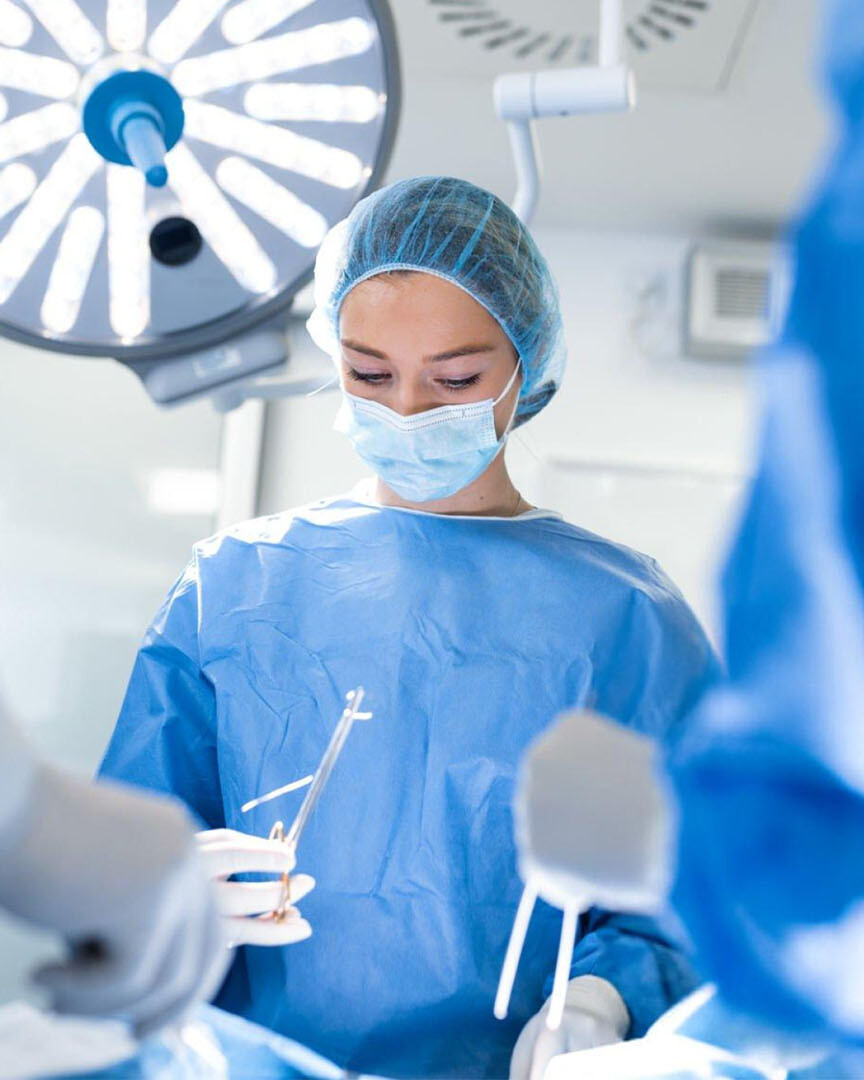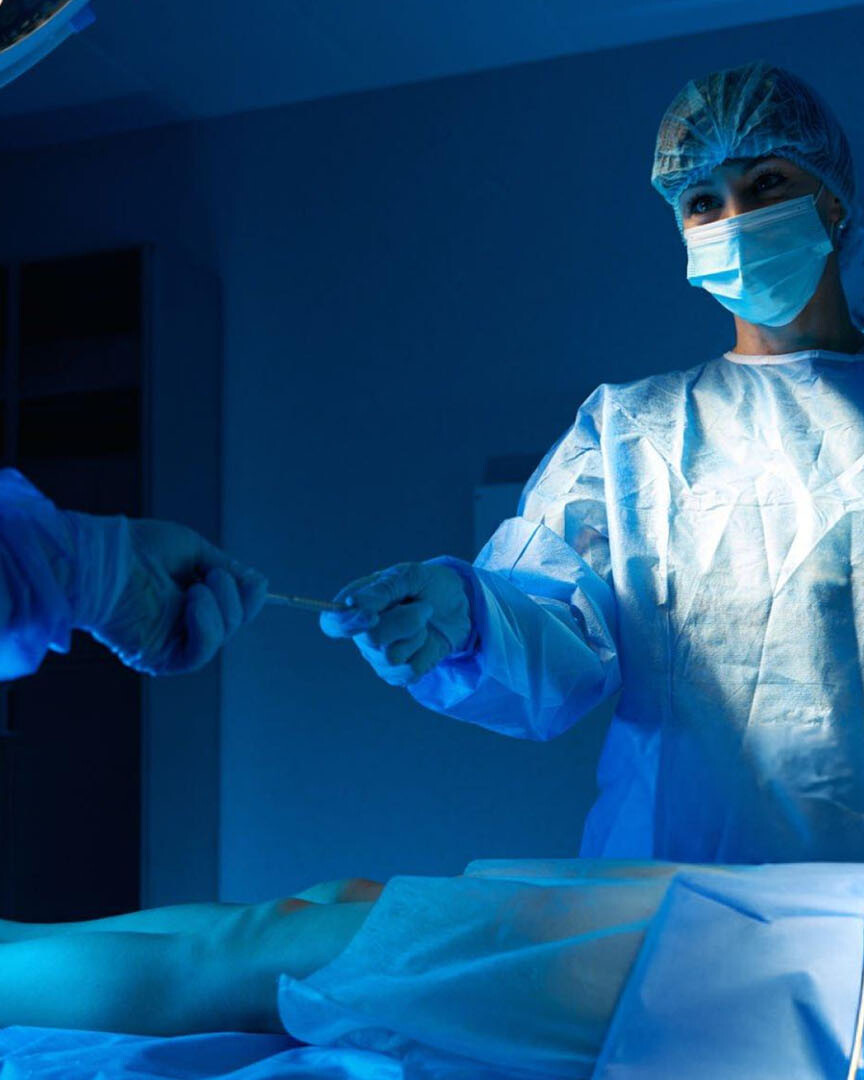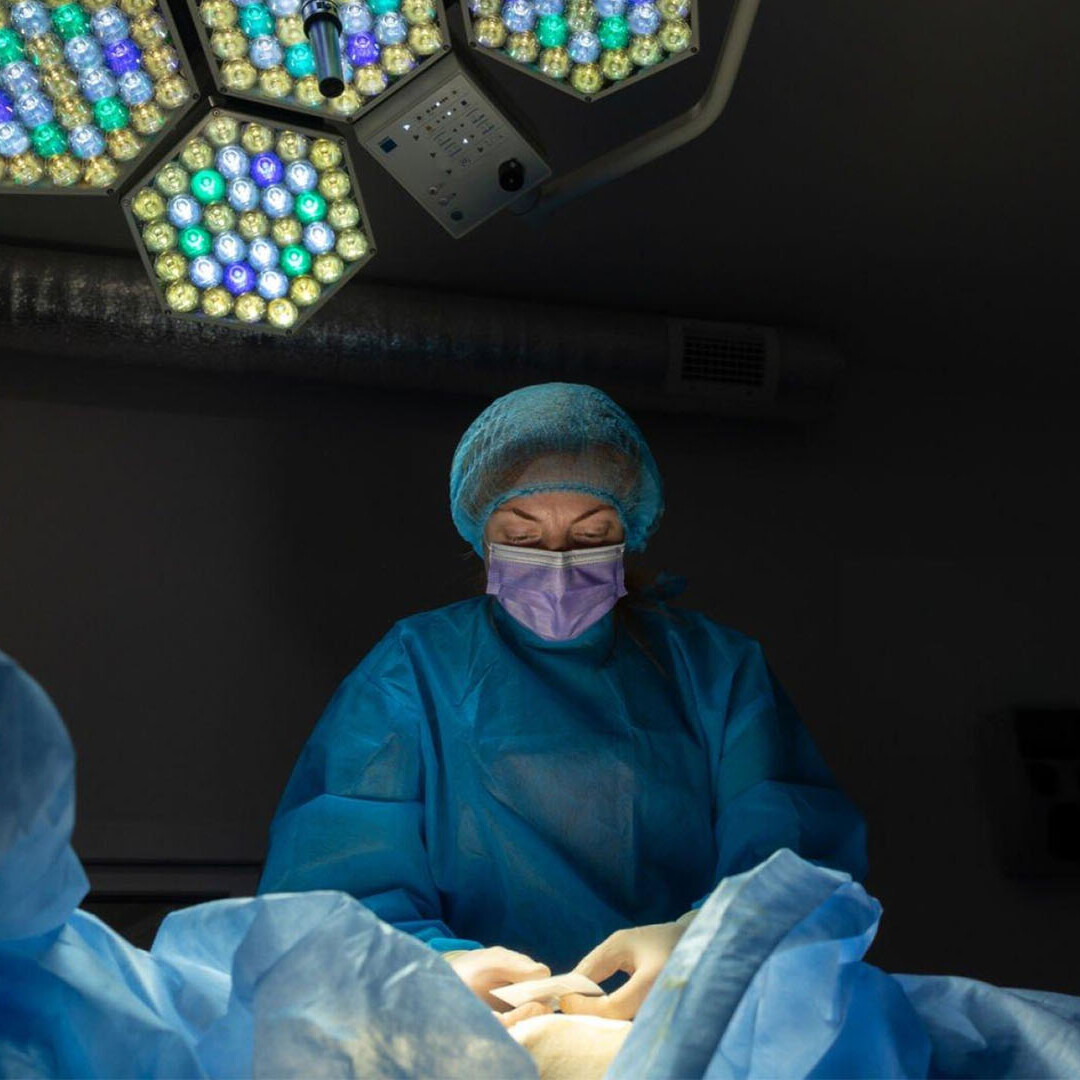In the realm of surgery, every detail matters. From the preparation of instruments to the attire of the surgical team, each component plays a pivotal role in ensuring a successful outcome. Among these essential elements, surgical drapes stand out as a silent yet critical factor in maintaining the sterile field and preventing surgical site infections (SSIs). Though often overlooked by those outside the healthcare profession, surgical drapes are an indispensable part of every operating room. They serve as a primary barrier against contamination and are fundamental to any sterile technique.
Let’s, explore the importance, functionality, types, and benefits of surgical drapes, highlighting their vital role in modern surgical practice.
What Are Surgical Drapes?
Surgical drapes are medical textiles, often made of disposable non-woven materials or reusable woven fabrics, designed to protect both the patient and surgical team by maintaining a sterile field during surgical procedures. They are strategically placed on and around the patient after proper skin preparation to isolate the incision site from potential sources of contamination. Surgical drapes are manufactured to be fluid-resistant, sterile, and safe for skin contact, meeting rigorous medical standards.
In addition to basic barrier protection, modern surgical drapes are often equipped with absorbent zones, fluid collection pouches, adhesive strips, and custom fenestrations (openings) to suit specific surgical procedures.
Why Are Surgical Drapes Important?
Maintaining a Sterile Field
Fluid Containment and Absorption
Improved Efficiency and Surgical Focus
Patient Safety and Comfort
Compliance with Medical Standards and Protocols
Types of Surgical Drapes
Surgical drapes are tailored to meet the specific needs of various types of surgery. Some common categories include
Fenestrated Drapes: These have a pre-cut opening that aligns with the surgical site. The opening is often reinforced for durability and may include an adhesive border for secure placement.
Laparotomy Drapes: Large in size, these drapes are used during abdominal surgeries and often feature fluid collection pouches and instrument holders.
Split Drapes: Designed with a split configuration that allows for easy wrapping around limbs or specific areas of the body.
Extremity Drapes: Specifically shaped to fit over arms or legs during orthopedic procedures.
Eye and ENT Drapes: Smaller drapes suited for ophthalmic or ear-nose-throat surgeries, with precise fenestrations.
Urology and Gynecology Drapes: Custom-fit designs that accommodate stirrups or positioning devices commonly used in these specialties.
Materials Used in Surgical Drapes
Non-woven Polypropylene: Lightweight, disposable, and fluid-resistant, ideal for single-use settings.
SMS Fabric (Spunbond-Meltblown-Spunbond): Offers excellent barrier protection while remaining breathable and soft.
Plastic Films with Adhesive Backing: Provide strong adhesion and complete microbial barrier at the incision site.
Reusable Cotton or Polyester Blends: These are laundered and sterilized for repeated use, although they may require additional treatment for fluid repellency.
Conclusion
Surgical drapes may seem like a simple component of surgical preparation, but their importance cannot be overstated. They are a cornerstone of sterile technique, infection control, and overall patient safety. As surgical practices continue to evolve with advanced techniques and technologies, the demand for high-performance surgical drapes that meet both clinical and comfort standards will only increase.
Healthcare institutions, surgeons, and operating room staff must recognize the critical role of surgical drapes—not only as tools for procedural success but as life-saving barriers that uphold the highest standards of medical care.




